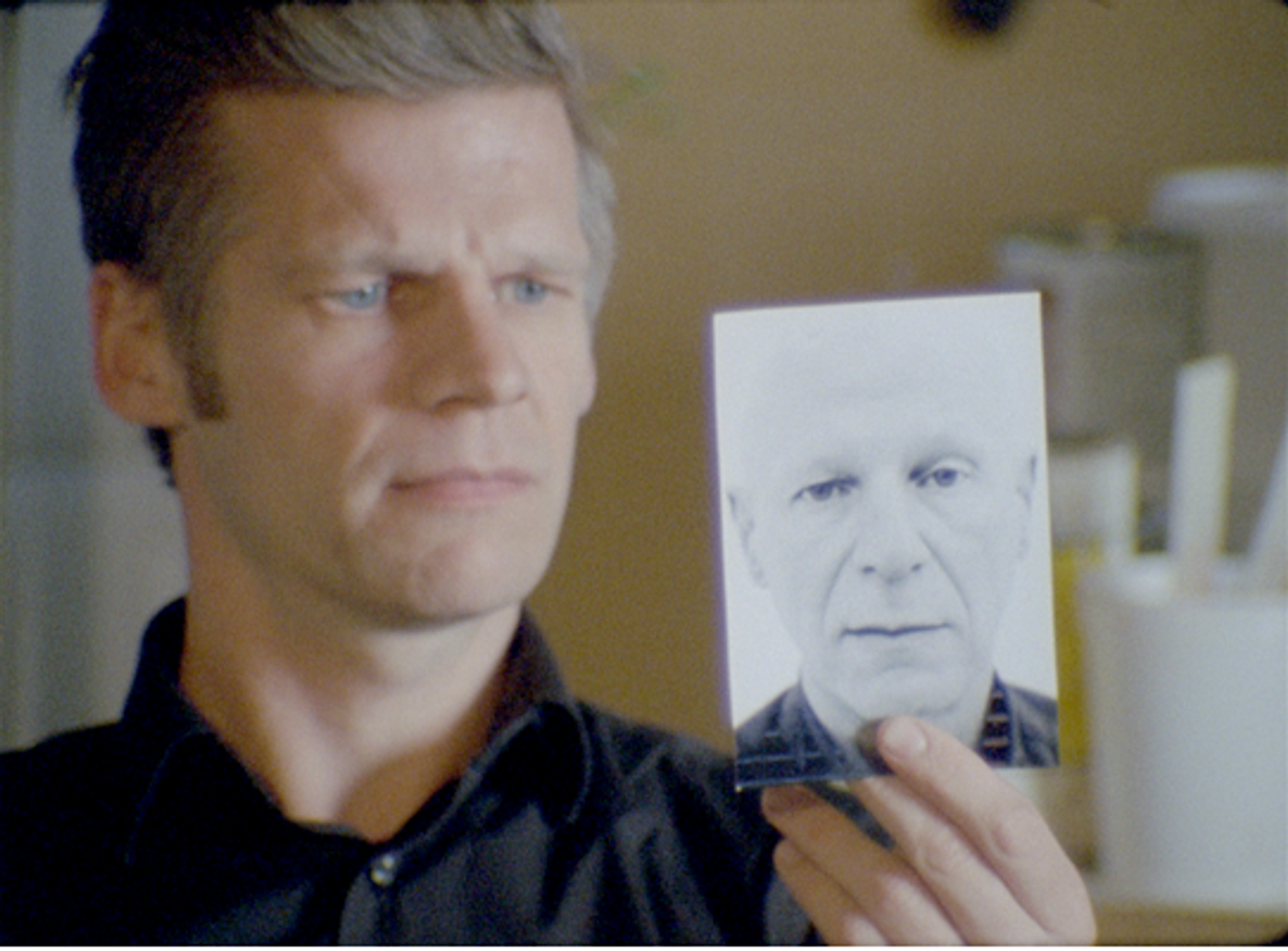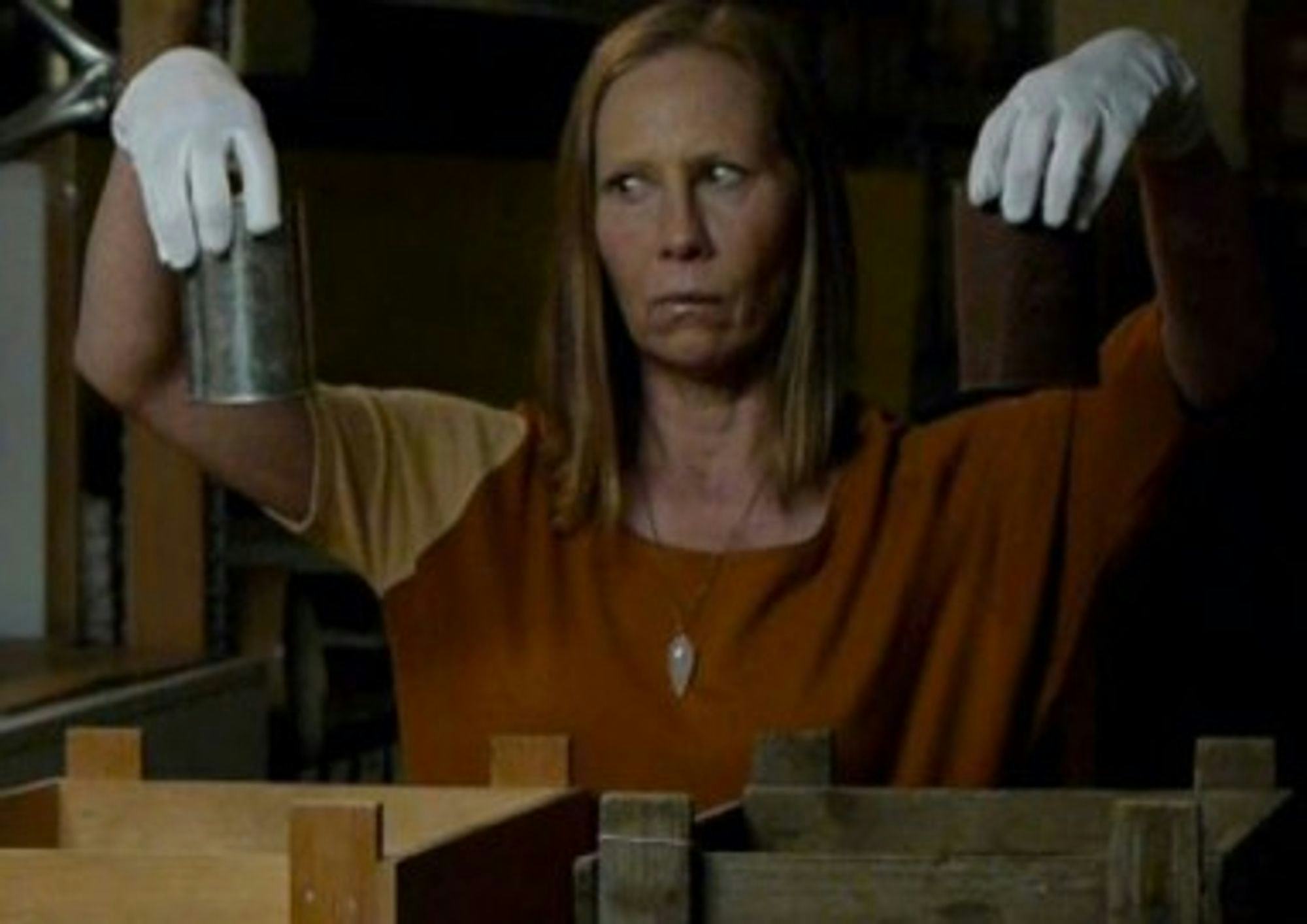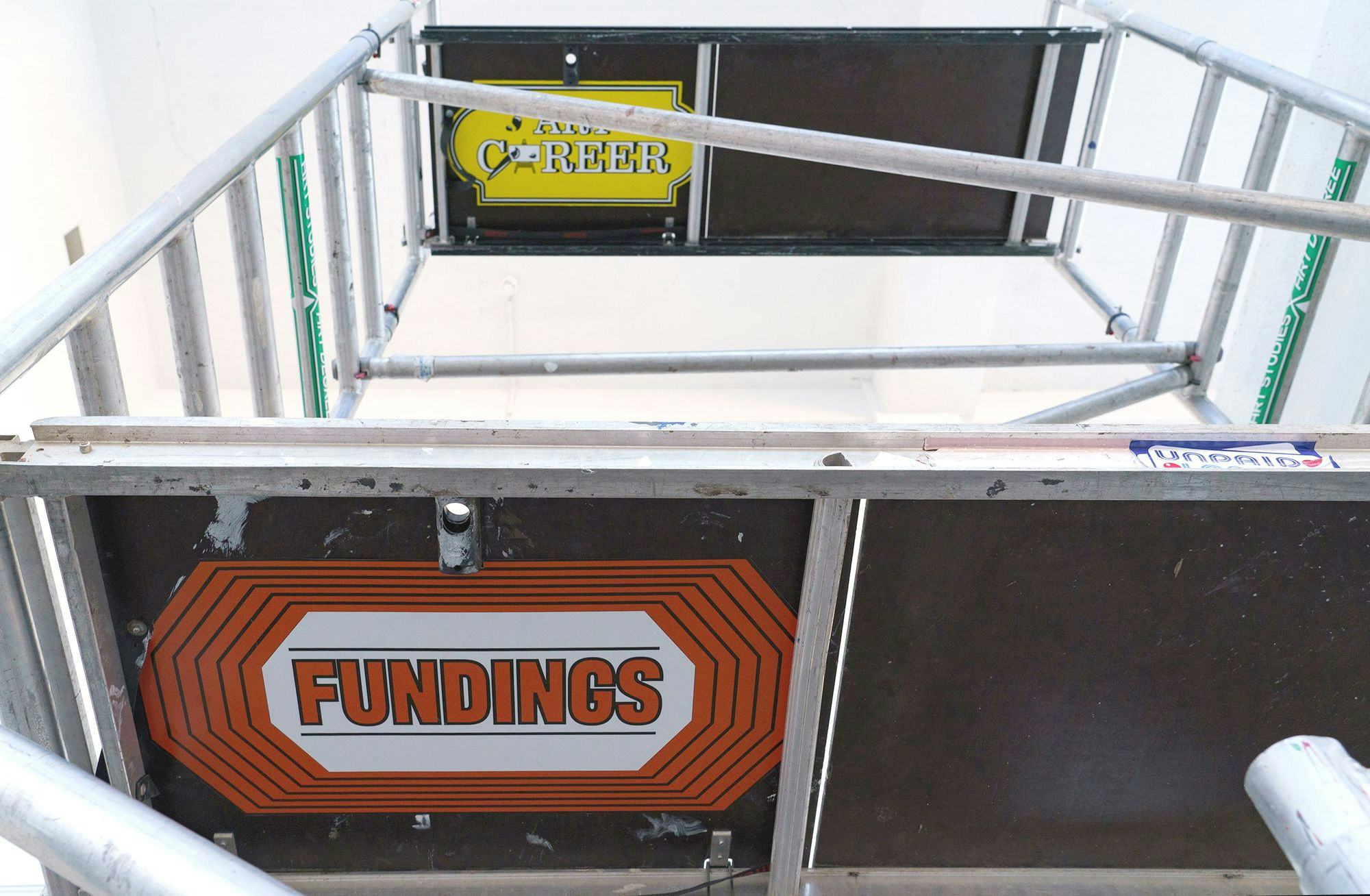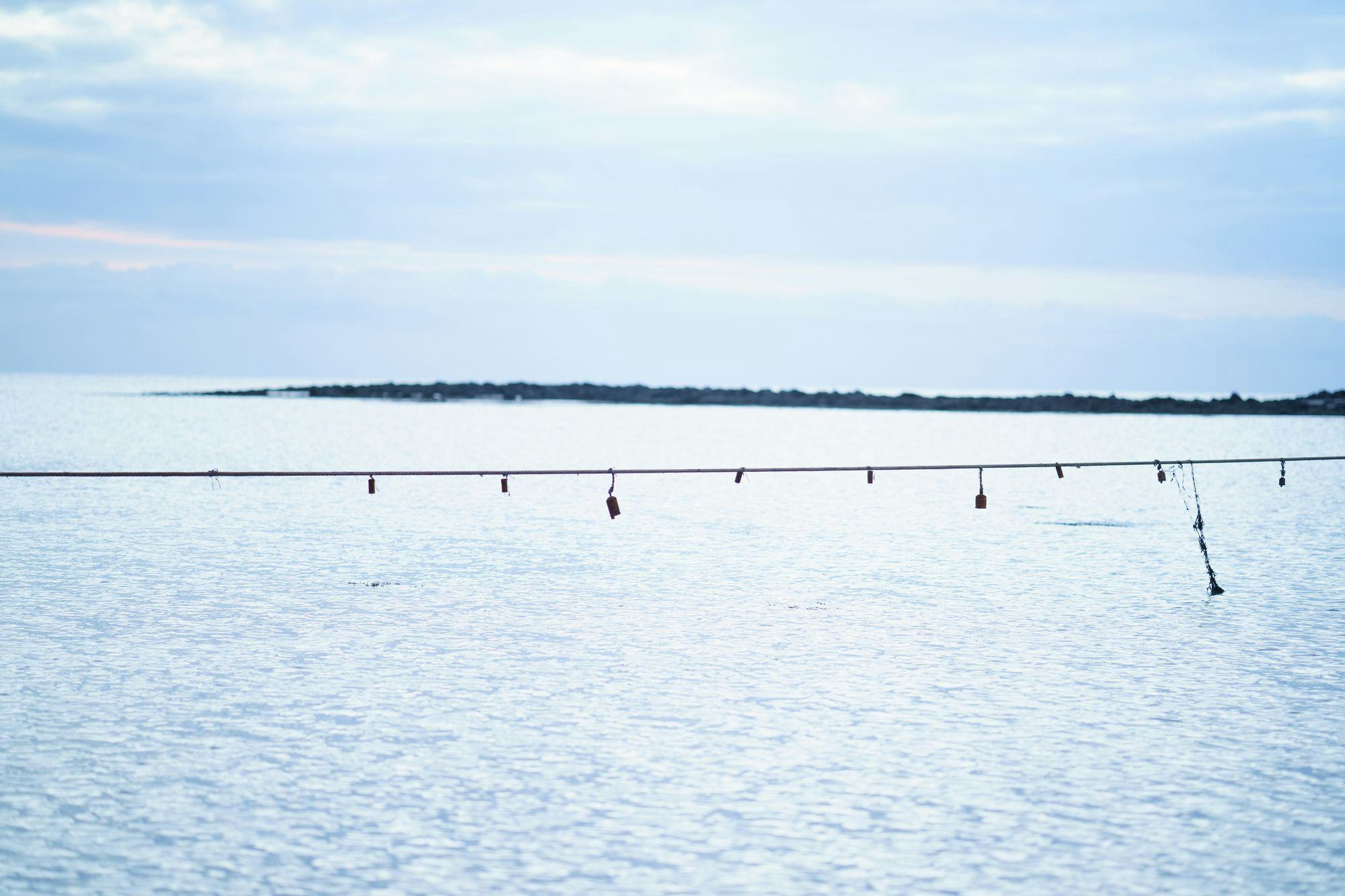Markús Þór Andrésson and Ragnheiður Gestsdóttir present TIME AND TIME
AND AGAIN as part of the Reykjavik Arts Festival. The film is based upon the
life and works of Icelandic conceptual artist Hreinn Friðfinnsson, but rather
than produce straight documentary the creators of the film have produced a
fictional narrative that examines the creative drive and the nature of time
itself. The film stars Finnish actress Kati Outinen as an employee at the
institute for time, Magnús Logi Kristinsson as a younger Hreinn Friðfinnsson
and features the artist himself.
The Living
Art Museum (Nýló) is hosting an exhibition which features a range of works from
Hreinn Friðfinnsson, from older works to new pieces made especially for the
space. Time and time and again is playing every hour on the hour at The Living
Art Museum from 5th of
April to 5th of
June.
As part of the exhibition, and during the Reykjavik Arts Festival,there
will be a series of talks and performances.
On Saturday
May 31st one
of the film´s actors and performance artist Magnús Logi Kristinsson presented a
happening. In addition a new video work created by Hreinn Friðfinnsson in
response to the project was added to the exhibition.
On Thursday
the 5th of
June, on the last day of the exhibition, there will be a visual seminar on the
film and then work of Hreinn Friðfinnsson. The presenters are Ingibjörg
Magnadóttir, Oddný Eir Ævarsdóttir and Huldar Breiðfjörð.
Carmel Seymour had the chance to ask Ragnheiður Gestsdóttir about the
film.
Carmel: How did the project originate?
Ragnheiður: Markús and I worked with Hreinn on separate occasions a
few years back, we knew his work but getting to know him personally changed our
perception of his work. We were attracted to his philosophical yet playful
attitude towards life. There is humour in the work that before was not that
obvious to me but it also has this element that is completely beyond words,
like a language beyond language which I find incredibly inspiring and
challenging to work with. I think that is what we wanted to communicate, this
´other´ language and way of looking at the world that so inspired us.
C: Would you call it a collaboration between Lofi and Hreinn
Friðfinnsson? What was Hreinn´s imput?
R: We all agreed in the very beginning that we didn’t want to make a
film that was traditional in the documentary sense, based on interviews and
images of the work. So the film was to be a work of art almost in itself.
Everything in the film is stolen from Hreinn, he IS the film and our approach
is formed completely on him and everything about him. There is a reference to
his work in almost every frame of the film. But Hreinn was incredibly generous
and trusting, he didn’t want to influence the film at all and basically allowed
us to boss him around as we pleased. That trust is of course based on the fact
that we spent a lot of time together in the process, especially as we wrote the
script and formed the approach. It was so much fun to work with him, I’m going
to miss it.
C: How did he feel about the final production?
R: He is very happy with it. Thank god! You never know. And we are very
pleased with the fact that people who know him well feel it represents him very
well.
C: It is great to be able to walk through the exhibition at NYLO and
then see so many of those works featured in the narrative of the film. Hreinn
has a created a huge body of work, how did particular pieces feed the creation
of the film´s story?
R: We used the work as wayfinders when we wrote the script. So the story
is all written around the work, the stories behind the work or the stories
around the creation of the work. And then we created kind of a fictional story
to connect the wayfinders, based on his life and our personal understanding of
the work. It was such a fun way to work and to write a story. In order to get
funding in the film world you need the written word, the script as text but we
were constantly going back and forth between the visual and the textual in the
process. It’s tough to use words for something that belongs to another world.
But it worked out perfectly in the end.
C: There is a dynamic relationship between artistic experimentation and
precision in the film. Can you talk about the relationship between the
scientific quest for truth presented by Kati Outinen´s character at the
institute for time and the creative searching involved in making art?
R: We felt that in order to highlight this creative insight we needed to
also involve the opposite, the scientific, the systematic. It’s hard to see one
without the other. So Kati represent this quest for understanding, the system
we use to grasp our reality – but it also shows that this system cannot in fact
grasp our whole being – this is something Kati’s character realizes during the
film, that Hreinn has a key, a perspective she cannot explain in her terms. So
she also represents us, the filmmakers, and our process during the making of
the film. We are so inclined to have things make sense as humans but the beauty
lies in the cracks, in that other sense that we sometimes forget to trust.
C: There is a beautiful depiction of the artist at play and the
importance of the artist´s studio, particularly in Magnús´scenes. Is
there a relationship to this idea of play in the way you crafted this film?
R: We were totally attracted to this idea of play in the creative
process yes – I’m so glad you felt that. But I have to admit that the script
was written with serious precision and the shooting was very systematic in a
way. But we wanted Hreinn’s playfulness to be in the film and this idea of the
creative process being something that just comes to you very easily if you’re
connected to that mind set.
C: I know that you spent time at the Banff Centre in Canada editing the
film. It is a very intense hub of creativity. How did that time affect the
outcome of the film?
R: Being there was absolutely amazing. We had already almost finished
the edit of the film so it was the perfect time to get input from other
creatives. We really used the time well to get feedback from a wide group of
people and it had a big influence on the final outcome. They soundtrack and the
sound mix was created from scratch there too, since most of the film is shot on
16mm film without sync sound this was a big job and they were just wonderful to
work with. Also when it came to the graphics and final colours they pushed the
production to another level that we could never have done by ourselves. It was
very helpful to be able to just sit there with the film for a month without
life getting in the way you know.
C: How long was the production of the film?
R: Years! For some unknown reason the world is not crazy about funding
experimental films about artists?! It was a long process just to get the
funding together but we did manage to get funding from various places in the
end and it made it possible for us to really make the film we wanted to make
without compromises. We also took a long time researching and writing and going
to scriptwriting workshops and funding platforms and what not.
C: There is a huge amount of referential work born from this project,
Hreinn´s new video work, the exhibition at NYLO and his new works for that
space and then Magnus´performance. That must be a very satisfying conclusion to
all the hard work.
R: Absolutely, it
makes so much sense to do it like this. It was an experiment and we’re super
happy about the results.

Magnús Logi Kristinsson in Time and Time and Again
C: How did you feel about Hreinn´s new video work made in response to
the project?
R: We think it’s hilarious. They were like, “well you’re taking your
time so in the meantime we made the film ourselves”. You know Hreinn and Magnús
Logi are very close friends and they kept teasing us about the time we were
taking. And we just loved that; how we were stealing ideas from Hreinn
and then he’d steal our ideas back, it just represents his attitude very well.
C: What can
we expect at the visual seminar on the 5th of July?
R: Oddný, Ingibjörg and Huldar will talk about their perception of the
work and the film separately and then maybe we’ll all talk together. It’s very
open. And it will be satisfying to kind of tie a bow around the project like
that.
C: Where else is the film being shown?
R: The idea is to have the exhibition, in some form, and the film travel
together. They will hopefully find spaces that want them. So that’s what we’re
working on now.
C: Are there any new projects coming up for LoFi productions?
R: We’re still digesting this one. Having finished the film and opened
this exhibition is really just the beginning – now it’s ready to take off!
Ragnheiður
Gestsdóttir (born 1975, Reykjavik) is a filmmaker and an artist living in
Iceland. Her studies include Bard College, Milton Avery Graduate School of the
Arts, with MFA in Fine Arts, class of 2012. Gestsdóttir completed an MA in
Visual Anthropology from Goldsmiths College, University of London, 2001 and BA
in Anthropology from University of Iceland, 2000. She is one half of LoFi
productions, alongside Markús Þór Andrésson. Founded in 2005 the company
focuses on the production of documentaries about art, artists’ films and video
works and the use of the moving image for exhibition making.
Carmel Seymour
(b.1979) is an Australian artist living in Iceland. She graduated from the
Victorian College of Arts with a B.F.A. Honours in 2009 and has exhibited
widely since then in solo and group shows. Her work is featured in numerous
collections including Artbank and the Proclaim Collection and she was
the recipient of the 2013 Stuart Grant Travelling Scholarship for
drawing. She is currently completing a M.A at Listahaskoli Íslands. Carmel
Is represented by Helen Gory Gallerie, Melbourne.



-icelandic-pavilion-2000x2667.jpg&w=2048&q=80)

